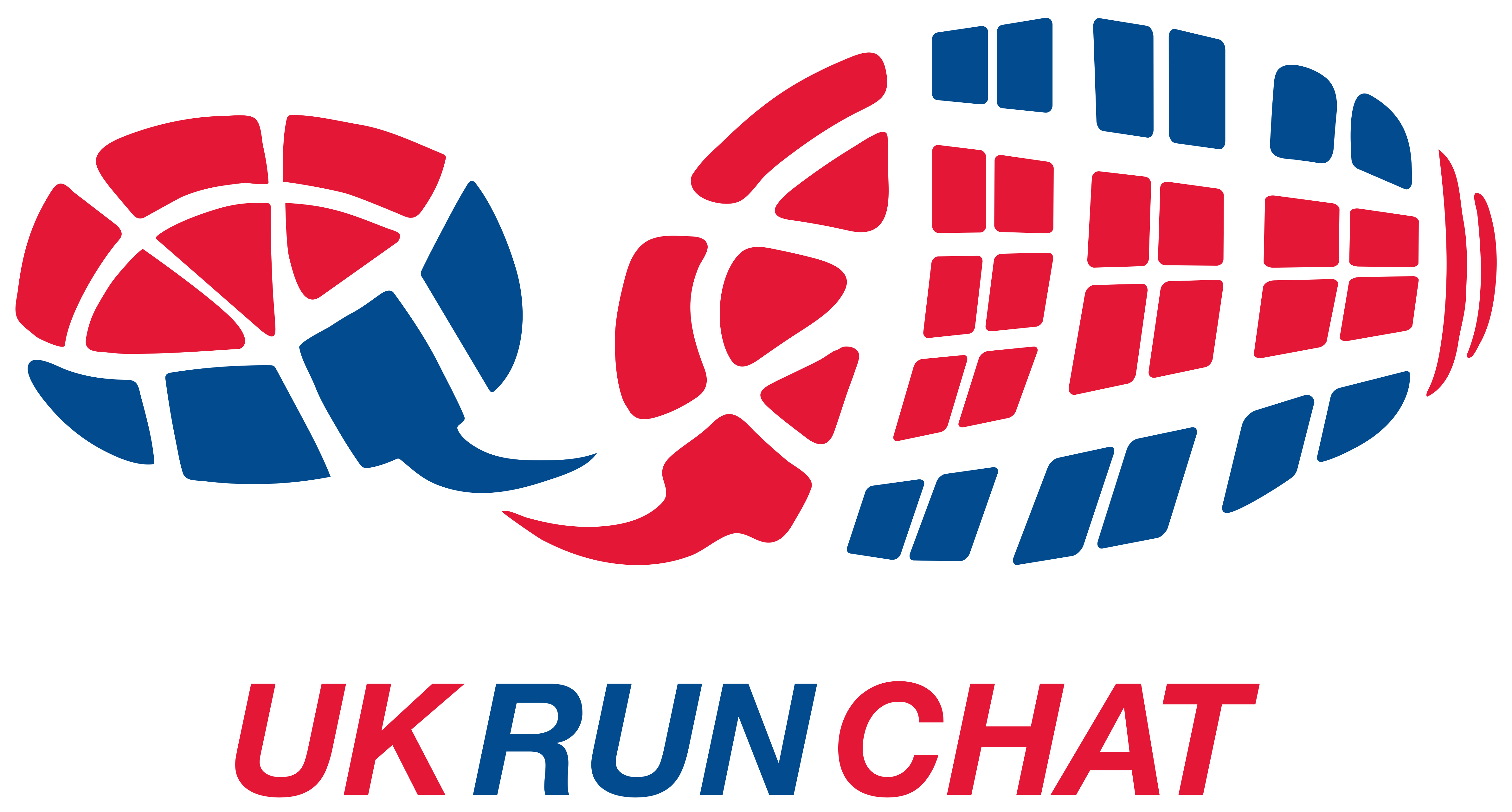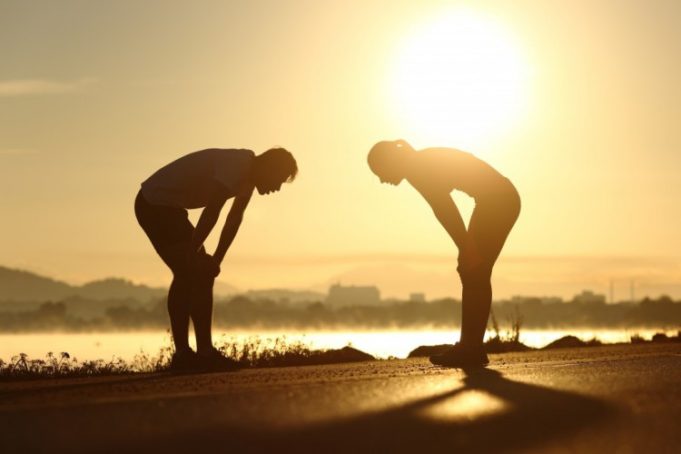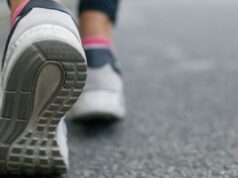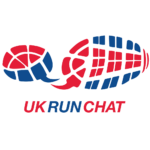The Importance of Rest for Running Your Best
Rest. Recovery. Regeneration. These are three very important but often overlooked words in a runner’s vocabulary. Most people tend to equate these “R” words with taking a break, or losing ground, but that is simply not true. By taking care to include rest, recovery, and regeneration activities in your overall training plan, you will experience many positive results including greater performance, decreased injury risk, and quite simply, more enjoyable running!
Resting, recovering, and regenerating are not just “taking a break” from running. There are many proactive actions that one can perform to enhance and improve the effectiveness of the “3 R’s.”
Rest is the least complicated. Just decide to take at least 1 day off from overly strenuous exercise per week. Get 7-8 hours of sleep per night. Voila, you have mastered rest! That is the easy part! On the inside of your body during rest however, many of your physiological systems are working overtime following a great workout. It is actually during your resting times that the body can complete the rebuilding processes that allow you to make adaptations to become faster, stronger, more metabolically efficient, more resilient, etc. This includes the following:
- Repairing micro-tears in the muscles.
- Replenishing energy sources like glycogen and glucose.
- Reducing inflammation around joints, connective tissue, muscles.
Repair, replenish, and reduce (inflammation) are also three more great “R” words for runners too!
Regeneration is a product of all five of the other R’s represented here and offers you the greatest chance to be proactive and play a hands-on role in your recovery process.
There are many activities that you can do on a regular basis to help your body recover and repair more efficiently so you can run better. Mobility and flexibility training are extremely important to your body’s ability to heal and repair soft tissue such as muscles and fascia, or connective tissue. Regular massage is proven to be one of the most effective methods for relieving knots, adhesions, and tension in the muscles and fascia. You can seek out a professional masseuse for this service or you can take the matter into your own hands – and legs! Using tools such as a foam roller or a stick massager are excellent and very affordable methods that you can use on a daily basis to help your body recover and regenerate.
Self-myofascial release is the catch-all term we use for any kind of direct pressure, trigger point, or deep tissue massaging that seeks to loosen up knots, tension, or adhesions (when layers of fascia or muscle tissue get stuck together). Loosening up these tight pockets of tissue is good for a few reasons. First, it helps to improve blood flow to the tissue, bringing in vital nutrients and oxygen and removing toxins. This is a HUGE mechanism in the Recovery, Replenish, Repair, & Regeneration continuum!
Second, it helps with alignment and functionality because it allows for better range of motion around the crucial lower body running joints. Better range of motion means you can recruit the proper muscles for consistently efficient running form. This means the difference between running with all the ground force impact landing in your knee joints ORRRR, preferably, into the big springy leg muscles of the gluteus, hamstrings, and quadriceps! This means fewer injuries and improved performance, both of which will keep your smiling face out on the trail as many days as possible! J
There you have it! The scientific reasons why you must embrace your R’s to be better runners. Rest, recover, regenerate, repair, replenish, and reduce inflammation now start by adding these words to your running vocabulary today!






